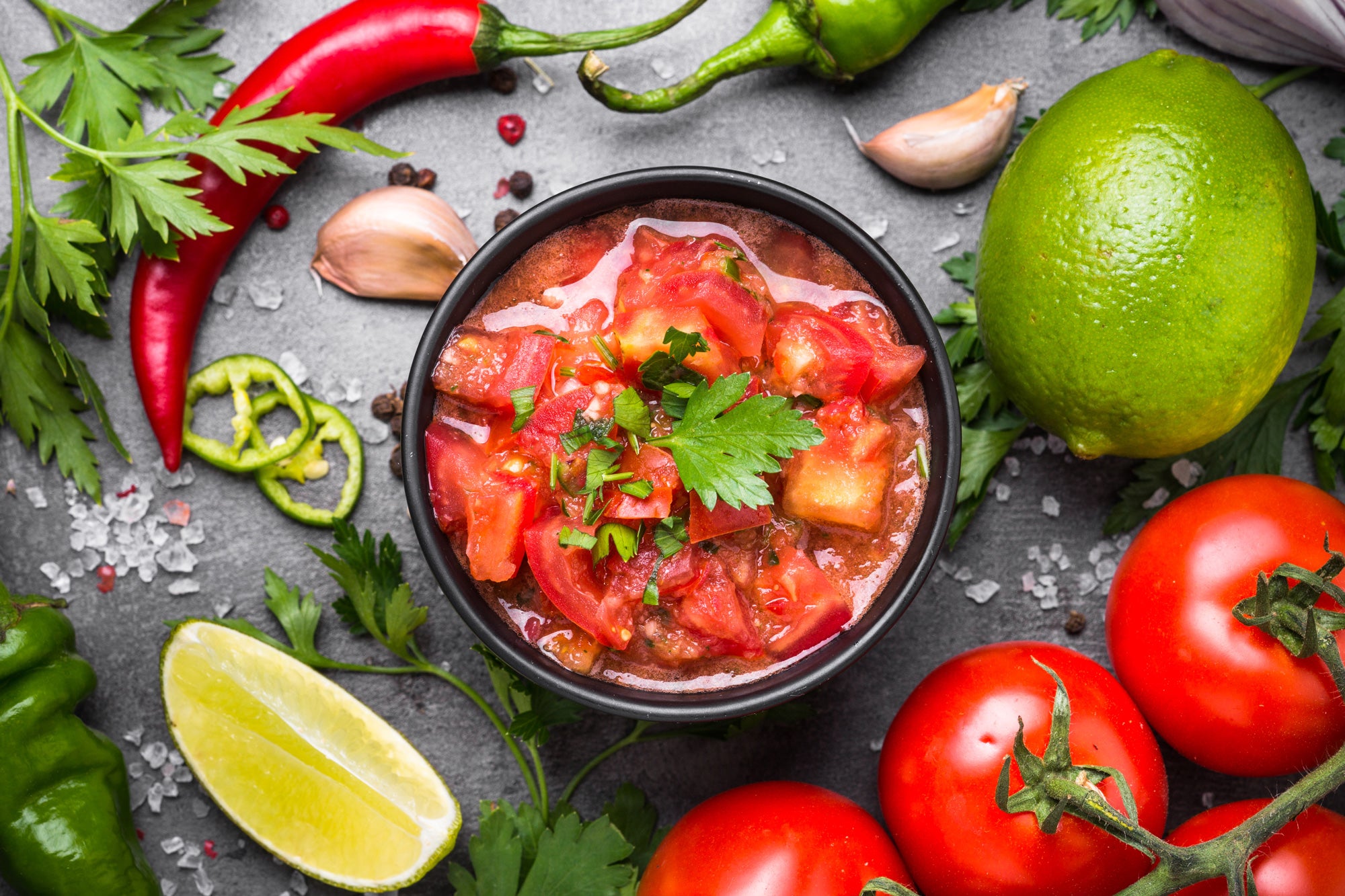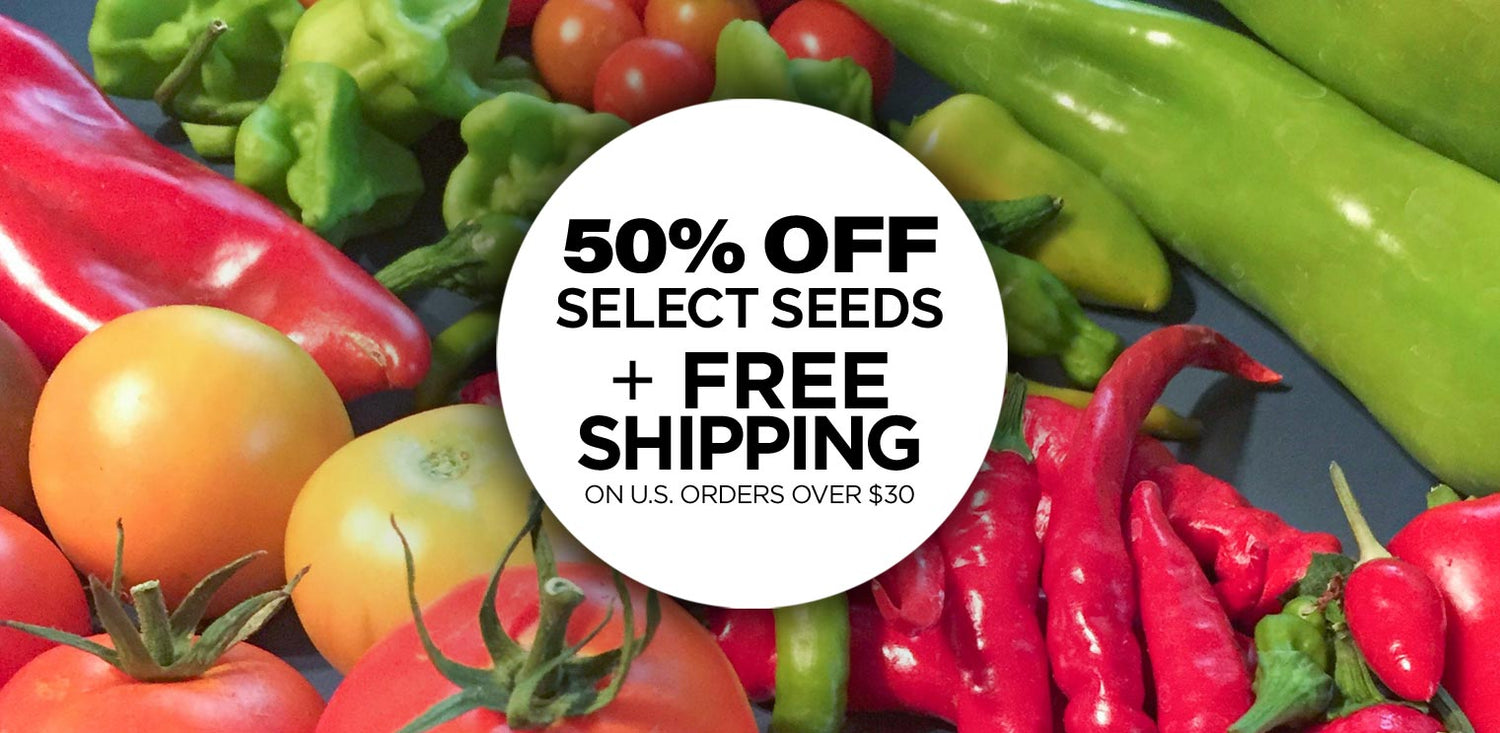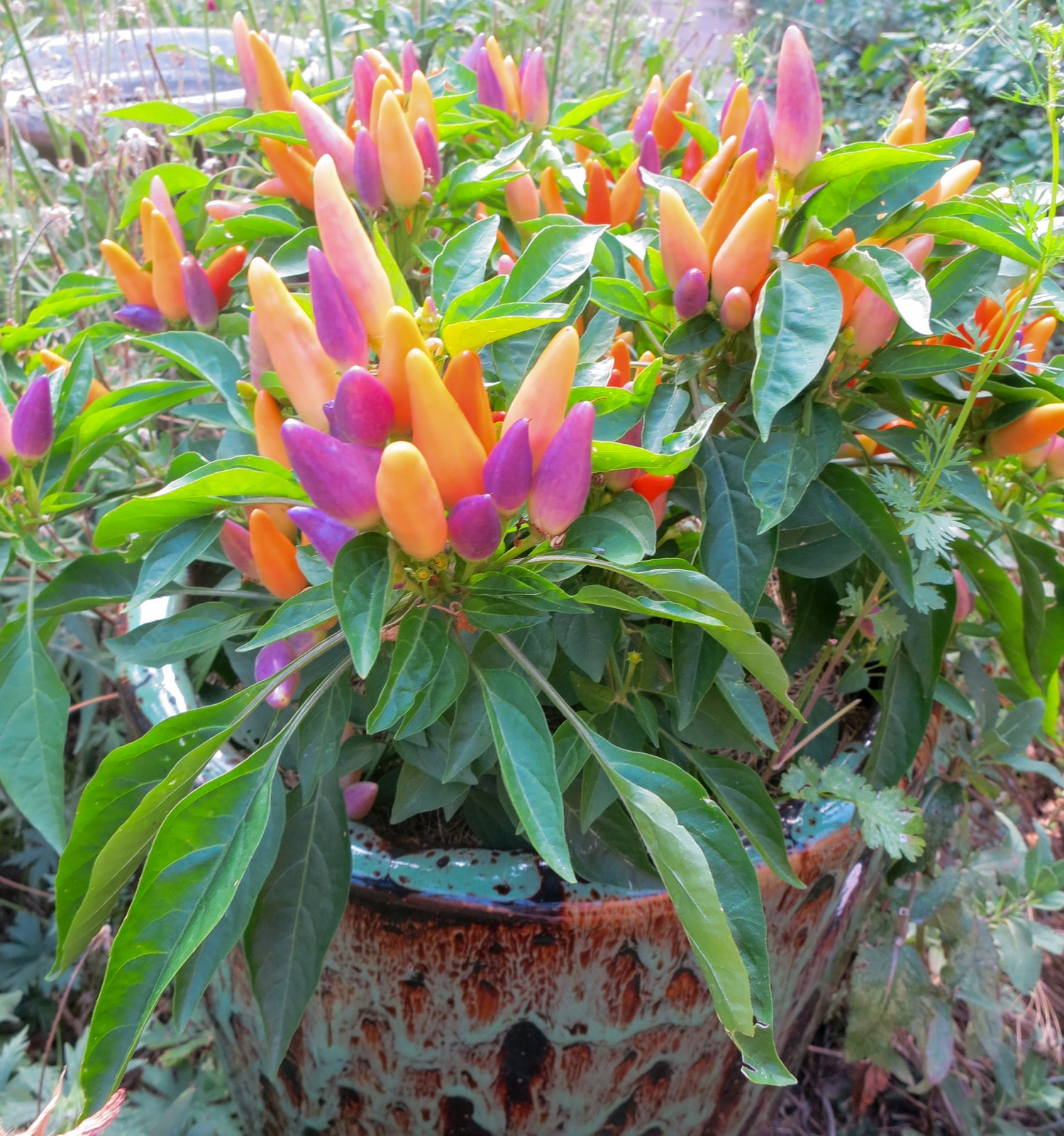
Here are some of our top tips for growing peppers from seed:
-
Keep seeds warm & moist with bright light: Pepper seeds are notoriously slow at germination, and they need to be kept moist and warm, around 80˚ - 90˚ F, for best success. This is especially true of super hot pepper seeds, which can take anywhere from 7-22 days to germinate (some people have reported that some seeds take over 40 days.
-
Where to Grow Peppers from Seed: Chile peppers grow best in the heat, with a relatively long growing season, and they can take anywhere from 65-80+ days until ready to harvest. Growing peppers in the USA may only be suitable to growing regions 5-11. Growing peppers in raised beds or large containers is ideal as the soil will be much warmer so they'll grow faster.
Short-Season Gardening
Choose Short Season Pepper Varieties: If you live in an area with shorter growing seasons, you can also choose short season pepper varieties like Jalapeno M, Jimmy Nardello, Hatch Green X-Hot and Bulgarian Carrot. Pair them with some early Heirloom Tomatoes choose smaller fruited varieties like Black Prince, New Yorker, Chocolate Cherry and Isis Candy.
-
Once your Pepper Seeds have Sprouted: Make sure you have a bright light to help the pepper seedlings get a good start. LED or Flourescent bulbs are a good way to keep them growing unless you have a greenhouse or sunny bay window where they can get a lot of sun. You don't need fancy grow lights for seedlings, but they should be as close to the developing seedlings as possible. If your lights give off heat, be careful not to cook the seedlings or let them dry out, but on another note, make sure not to overwater your pepper seedlings! Peppers hate having soggy wet feet, let them dry out somewhat between watering. We also think it helps to "pet your pepper seedlings" as it will help keep them healthy and develop stockier, thicker stems. You can also use a fan of course, but we like tending to them with our hands. :)
-
Harden Off Your Pepper Plants: After it gets warm enough outside and all chance of frost has passed, you can start to bring your pepper seedlings outdoors. It is important to ease your pepper seedlings into the outdoor weather when coming from inside, so we recommend bringing them out for a few hours every day for a week or so, working up to leaving them out overnight for a couple nights before you transplant them. This will help strengthen their stems and keep them from getting shocked from the sun, wind and outdoor temperatures. Transplant them in the evening or in the early morning before the sun is beating down, make sure to water them in.
-
Watering & Care: After planting outside, water them only as needed – give them a long soak twice a week during dry weather, making sure not to overwater them. Peppers hate soggy feet!
We like to add lots of Compost (for more info on how to make your own compost to reduce your need for any fertilizers, read our post: Composting for HUGE Green Chiles)
-
Harvesting – When do you know your peppers are ready to pick? Peppers are usually harvested at an immature stage – the bell pepper, for example, is often harvested green, despite that most varieties will mature to red, orange, or yellow. Peppers can be harvested at any stage of growth, but their flavor doesn't fully develop until maturity. We recommend picking one and tasting it before harvesting more, if it tastes "green," leave the rest on the plant and wait a few more days to taste again until they taste more ripe.
-
Eat your Peppers! There are lots of ways to use peppers in your recipes, you can simply let them dry out and grind into hot pepper flakes, you can pickle peppers, use hot peppers to make spicy pickles, and so much more. View lots of our pepper recipes in our blog and on our Pepper Recipes page »




















